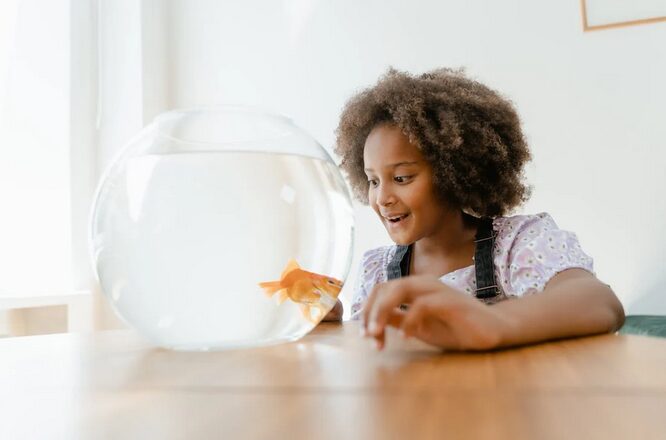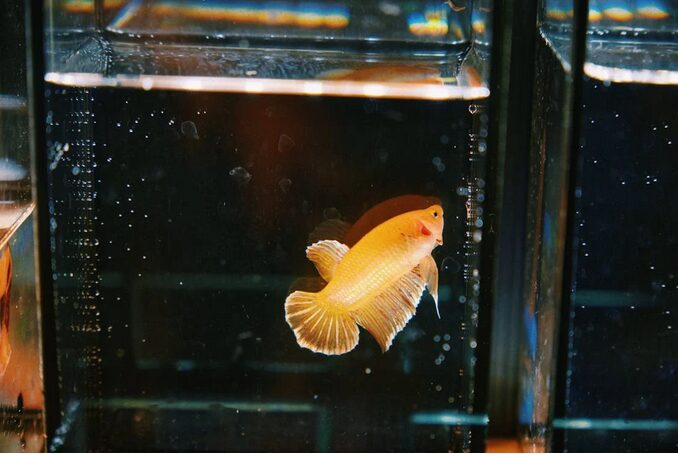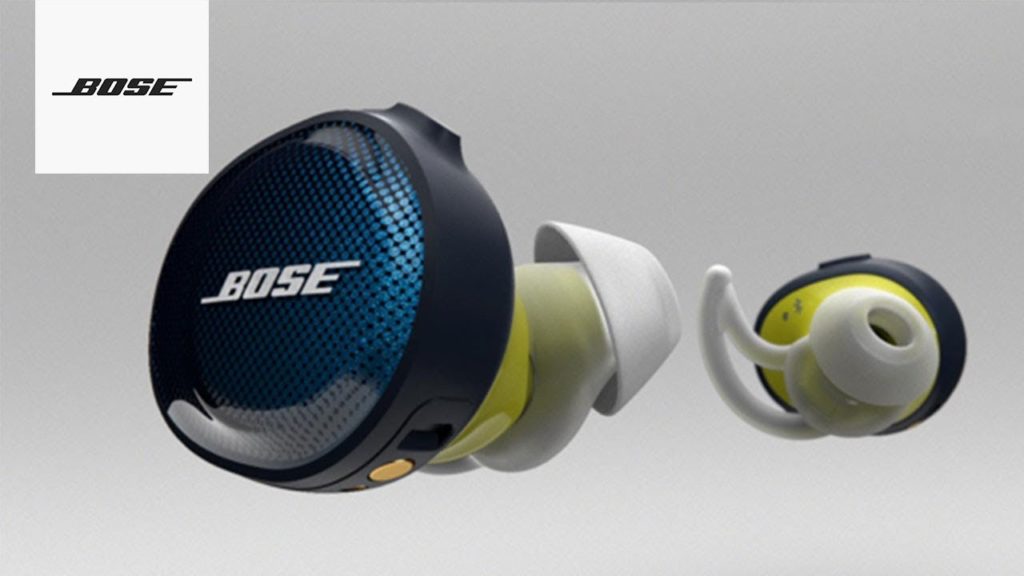Selecting Fish for Your Aquarium: Species Compatibility and Care Tips

Choosing the right fish for your aquarium is an exciting yet important decision. It’s not just about their appearance but also about ensuring species compatibility and providing proper care. LED reef lighting, as an addition, offers customizable color spectrums, energy efficiency, and longevity, contributing to the well-being and growth of corals and fish. Consider installing the best reef lighting to create an optimal environment for your aquatic companions.
In this article, we’ll discuss essential tips for selecting fish for your aquarium, focusing on species compatibility and care guidelines supported by reliable studies and expert insights.
Understanding Species Compatibility
The U.S. Endangered Species Act (ESA) outlines the definition of a species within its scope. According to the ESA, a species encompasses not only a distinct type of organism but also includes subspecies, distinct population segments, and vertebrate fish or wildlife that can interbreed when mature. Essentially, if a subspecies inhabiting a specific geographic area faces threats to its survival, the ESA permits treating that subspecies as a separate “species” to facilitate restoration and recovery efforts.
Factors to Consider

- Tank Size: Choose fish species that are suitable for the size of your aquarium. Larger tanks offer more space for fish to swim and reduce territorial disputes.
- Water Parameters: Consider each species’ water temperature, pH levels, and compatibility with other tank mates in terms of water quality requirements.
- Feeding Habits: Ensure compatibility in feeding habits to prevent competition for food and aggression. Some species may require specialized diets or feeding schedules.
- Behavioral Traits: Research each species’ social behavior, activity levels, and compatibility with different tank mates. Avoid mixing aggressive and timid species to maintain a harmonious environment.
Commonly Compatible Fish Species
- Community Fish: Species like tetras, rasboras, and guppies are known for their peaceful nature and compatibility with a wide range of tank mates.
- Bottom Dwellers: Catfish species such as Corydoras and Plecos are excellent choices for scavenging the tank bottom and maintaining a clean environment.
- Non-Aggressive Cichlids: Some cichlid species, like Angelfish and Discus, can coexist peacefully with other non-aggressive fish in larger tanks with ample hiding spots.
- Nano Fish: Small fish species like endless, neon gobies, and dwarf shrimp are ideal for nano aquariums and cohabitate well with similarly sized tank mates.
Care Tips for Fish Health and Well-Being

- Proper Nutrition: Offer a balanced diet suitable for each species’ nutritional needs, including high-quality flakes, pellets, and live or frozen foods.
- Water Quality Maintenance: Regularly test water parameters and perform water changes to maintain optimal water quality and prevent stress-related health issues.
- Tank Environment: Provide appropriate tank decorations, hiding spots, and plantings to mimic natural habitats and reduce stress for your fish.
- Monitoring Behavior: Observe fish behavior regularly for signs of illness, stress, or aggression. Quarantine new arrivals to prevent the introduction of diseases to the main tank.
- Seeking Professional Advice: For species-specific care information and troubleshooting, consult with experienced aquarists or seek guidance from reputable sources.
Selecting fish for your aquarium involves careful consideration of species compatibility, tank size, water parameters, feeding habits, and behavioral traits. By understanding these factors and following proper care guidelines, you can create a harmonious and thriving aquatic environment for your fish and enjoy a rewarding and fulfilling aquarium experience.…

